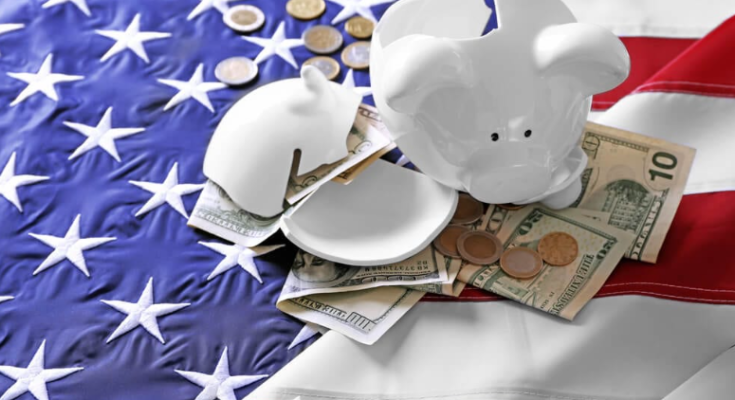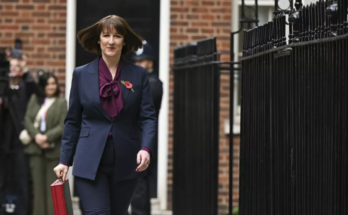Financial strategists are sounding an alarm on the increasingly booming credit card dilemma as ever more Americans precariously slide toward fiscal miscalculation. Statistics evidence a disturbing pattern: more persons are choosing to pay only just enough on the monthly credit card statement, but are leaving spiraling debt to grow in their wake.
According to the Philadelphia Federal Reserve’s Q3 2024 Insights Report, 10.75% of credit card users could only manage to pay just enough to make the minimum required during this quarter. Adding insult to injury, delinquencies are rising sharply, with the 30-day delinquency rate increasing 10% to a troubling 3.52%. That is more than double the low of 1.57% during the height of the pandemic in Q2 2021, indicating the shaky financial situation of many families.
Brian Riley, Director of Credit at Javelin Strategy & Research, commented to Payment Journal: “The economy continues precariously balanced, and credit card issuers need to acknowledge the subtle dynamics behind these risks. The increased proportion of consumers paying only the minimum amount owed is a leading indicator suggesting that household budgets continue to be squeezed tightly.”
Riley further emphasized that while not all credit segments exhibit stress, the most vulnerable demographics—those with lower FICO scores, modest incomes, and limited credit experience—are signaling heightened risk for 2025. “When you factor in that revolving consumer debt has reached a historic zenith and inflationary pressures persist, issuers must vigilantly monitor susceptible portfolio indicators,” he noted. Mounting Debt in the Spotlight
This rising concern was also emphasized by the Federal Reserve in its 2024 DFAST stress tests. Intended to assess whether financial institutions are strong enough to withstand adverse economic conditions, these tests had projected a total credit loss of about $684 billion with no less than $175 billion of this coming from consumer credit cards.
Riley was quick to explain, “While credit card issuers generate substantial revenue when consumers only make minimum payments, this windfall is fleeting once charge-offs surpass the manageable threshold of 3.5% and venture into the perilous range of 6% to 7%.”
The Hidden Cost of Minimum Payments
According to NerdWallet, the average credit card balance among Americans stands at a daunting $10,563. Alarmingly, individuals who restrict themselves to minimum payments could find themselves shackled to this debt for 22 years, accruing an additional $18,000 in interest over that span.
According to NerdWallet’s senior economist, Elizabeth Renter, this financial path was pretty bleak: “As prices rise, people are turning to credit cards to pay for the essentials. With interest rates climbing, the pressure grows. For those paying only the minimum, it’s a short step from staying above water to drowning in unsustainable debt.”
Rising Anxiety Amid a Shifting Economic Landscape
The dismal scenario is compounded further by a December 2024 survey by the New York Federal Reserve, showing that the average perceived likelihood of missing a minimum debt payment in the next three months jumped to 14.2%. Consumer concerns are therefore mounting as these families fight a fragile balance in their financial books.
This article was originally published on dailymail. Read the original article.
FAQs
What are the most common reasons behind credit card debt in America?
The main causes are overspending, lack of financial literacy, and economic instability.
How do I improve my financial literacy to avoid debt?
Online resources, workshops, and financial professionals
What are some strategies to manage high-interest credit card debt?
Budgeting, negotiation with creditors, and debt consolidation
How does credit card debt impact mental health?
Debt leads to stress, anxiety, and social isolation.
Does the government have programs for someone in a dire financial situation?
Yes, for instance, nonprofit credit counseling and initiatives that assist individuals financially.



